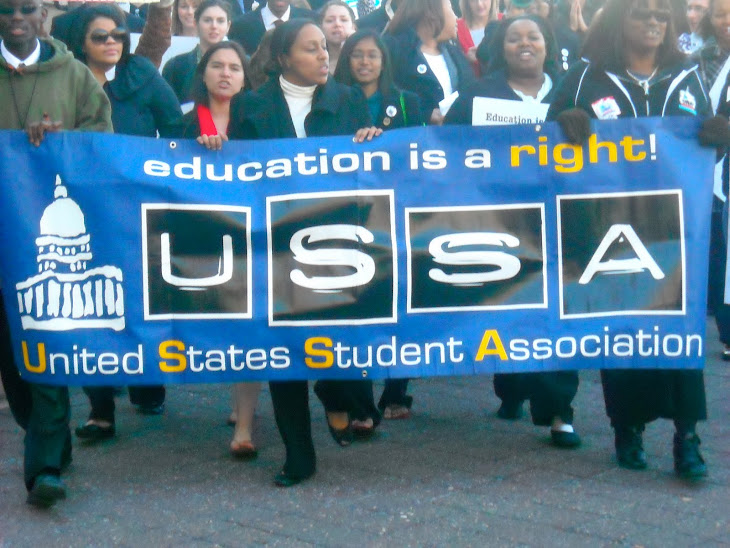The Education Center recently released a report titled Drowning in Debt: The Emerging Student Loan Crisis. The study found what students already know all too well: college costs are skyrocketing. With tuition rates soaring and financial aid funding not keeping pace, more students are having to take out loans to pay for college.
In fact, about half of all students at four-year public universities are borrowing money for school, even with many colleges receiving government subsidies to control tuition hikes. This at a time when students' "unmet needs" (which is the difference between the total cost of college and the sum of the expected family contribution) has increased well beyond the maximum amount of money available from subsidized federal loan programs.
To fill this gap, multi-billion dollar private lenders have stepped in, offering high interest rate loans to students. Having little choice, students are taking the bait. During the 2003-04 school year, just 5% of undergraduates borrowed private loans; that number has since tripled to 14%.
Fortunately, there is hope. The Student Aid Reform bill, which is being drafted in the Education committee, would end the Federal Family Education Loan (FFEL) program, collecting $94 billion in savings to make the Pell grant an entitlement; expand the Perkins loan by $6 billion; and create an Access and Completion program with $2.5 billion funding over 5 years. The USSA is calling on congress to pass Student Aid Reform! This bill would mitigate the skyrocketing cost of college and help make a higher education a reality for many potential students.
Click here to read more about this legislation in the June legislative update.
- USSA

As long as federal student loans remain a critical component of the financial aid package, the federal government has a fundamental obligation to fund essential support services that enhance borrower chances of success. For a small fraction of the savings provided by student loan reform, all federal student loan borrowers could receive free, unbiased and practical guidance on managing education debt. Learn more at borrowersrights.org.
ReplyDeleteThe Student Loan Consolidation, also called a Student Consolidation Loan, combines several student or parent loans into one bigger loan from a single lender, which is then used to pay off the balances on the other loans. Consolidation loans are available for most federal loans, including FFELP (Stafford, PLUS and SLS), FISL, Perkins, Health Professional Student Loans, NSL, HEAL, Guaranteed Student Loans and Direct loans.
ReplyDelete